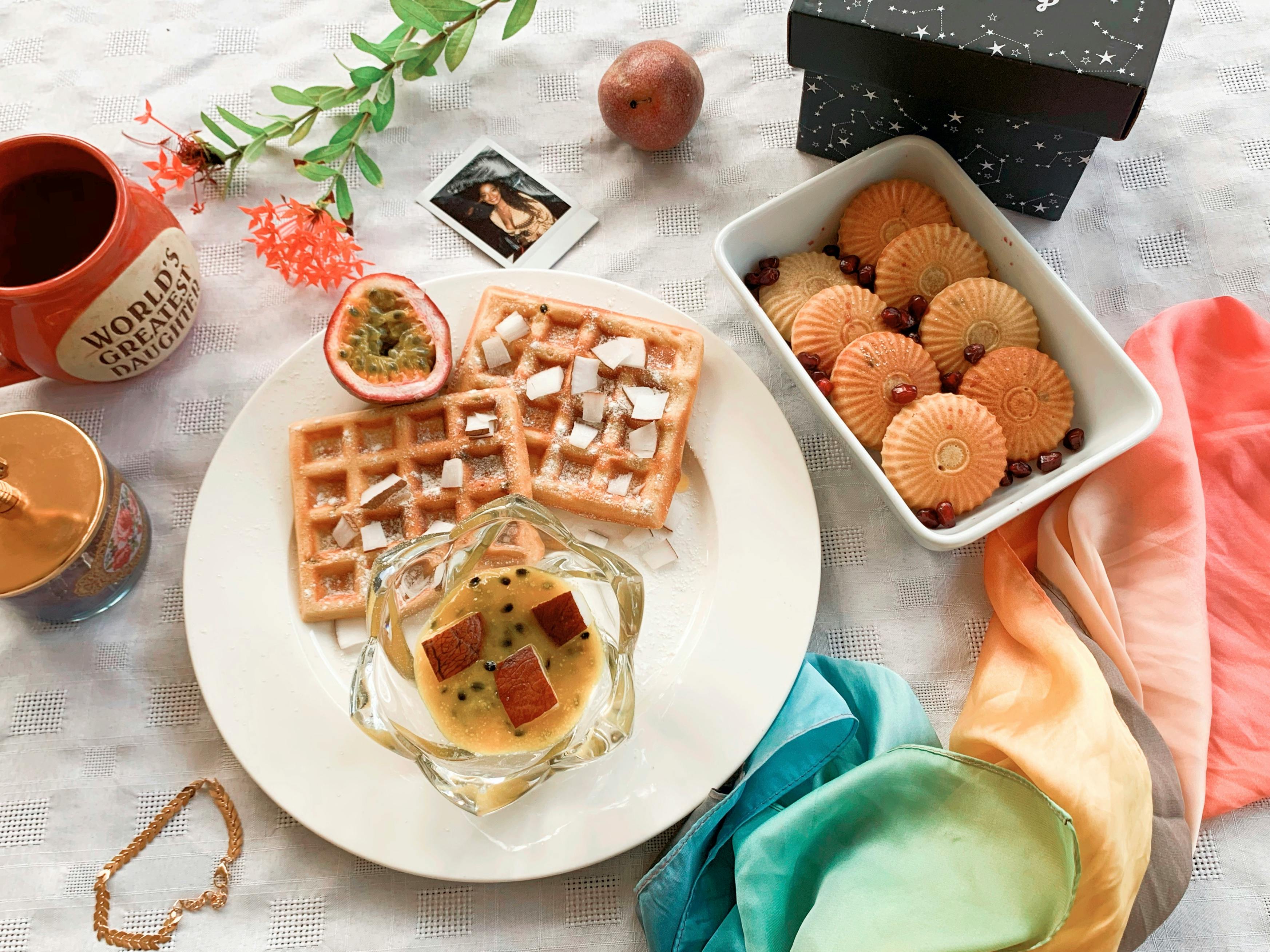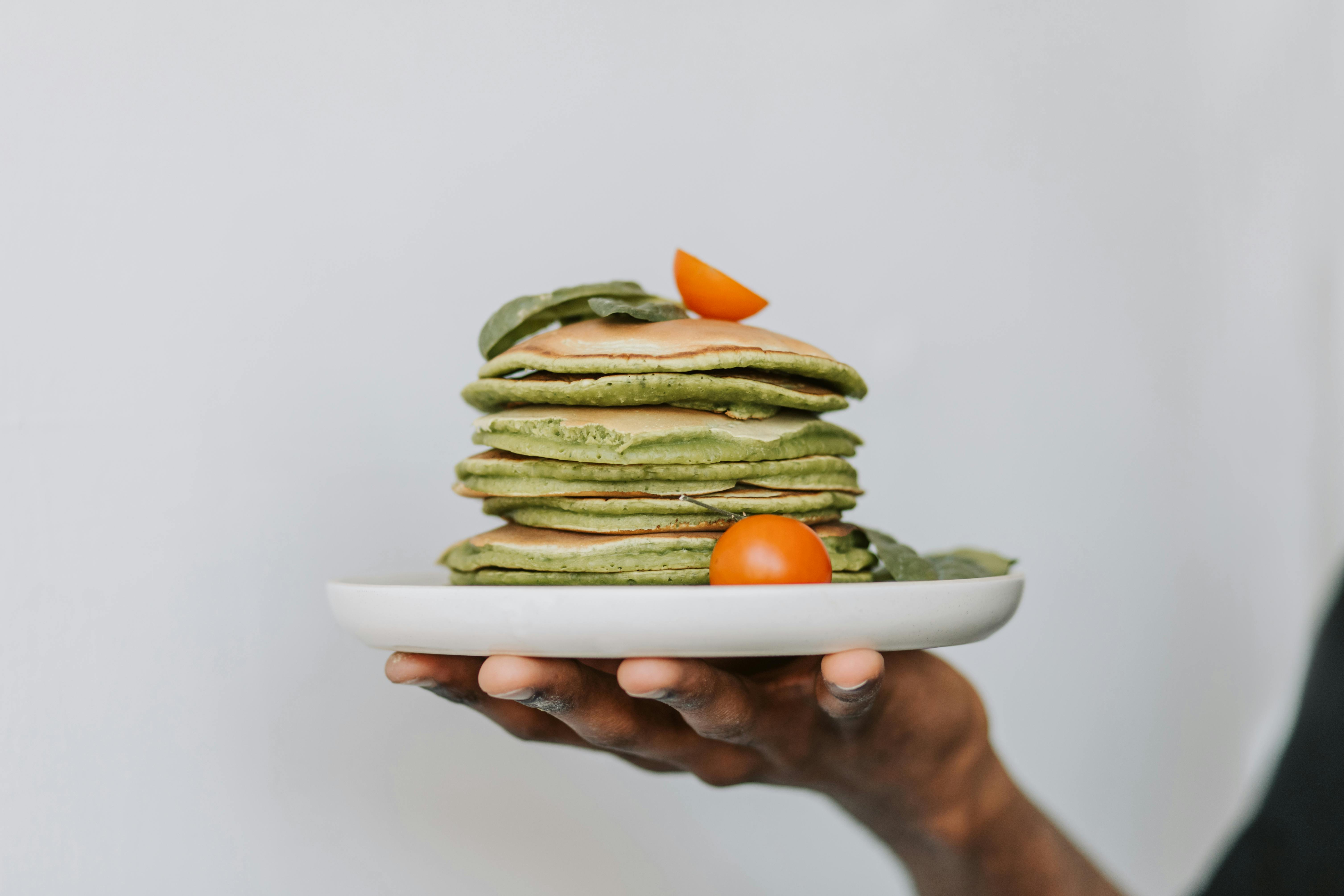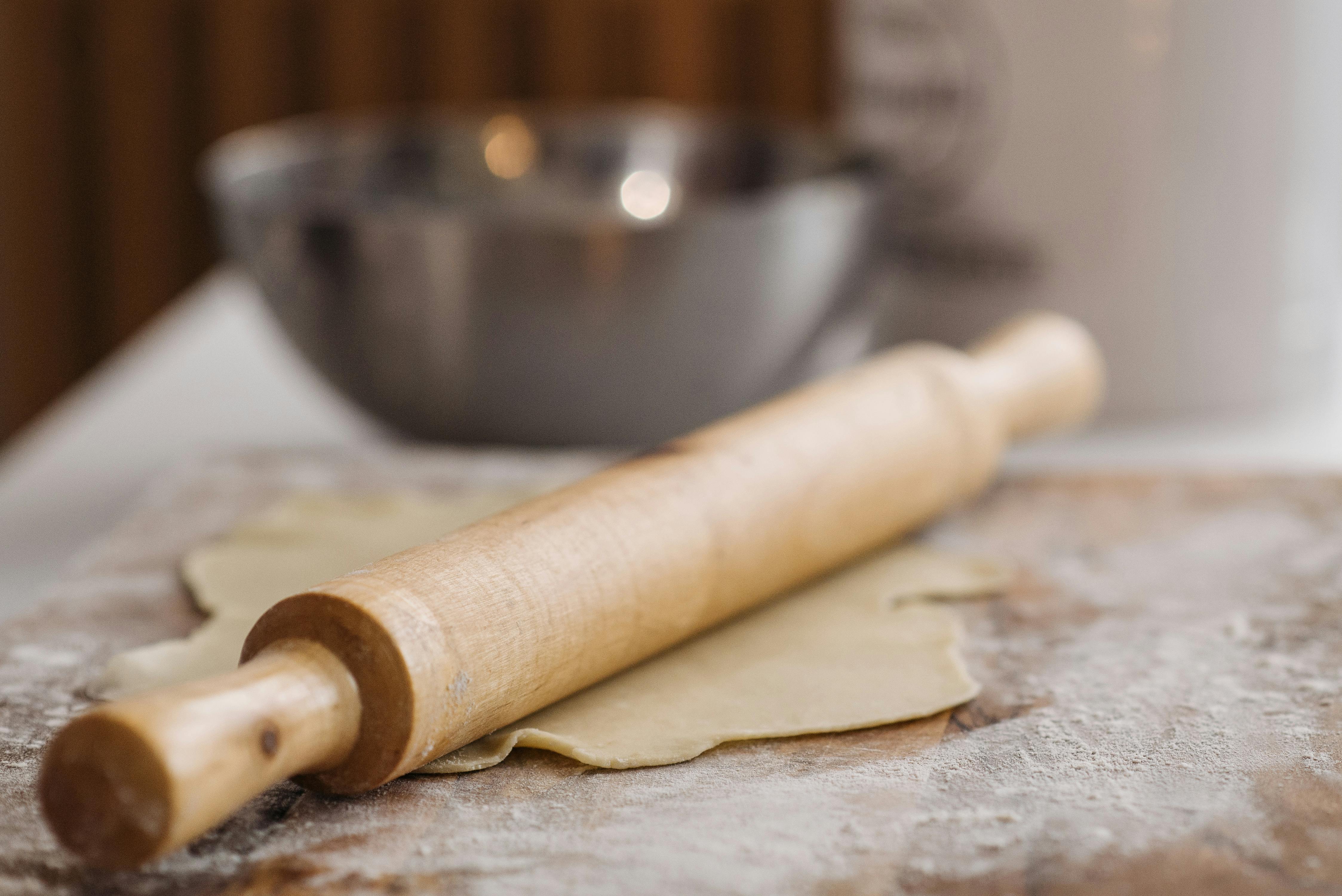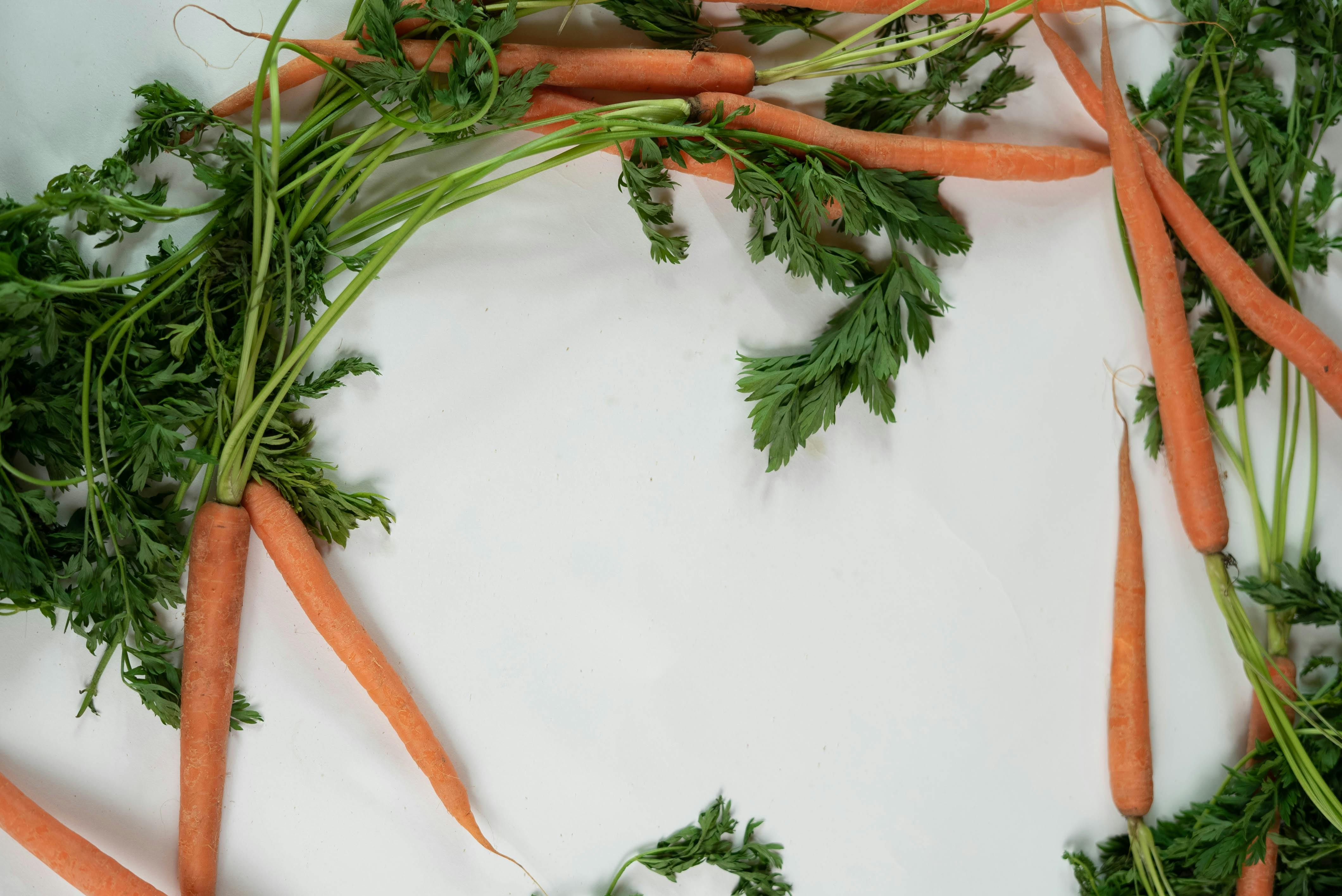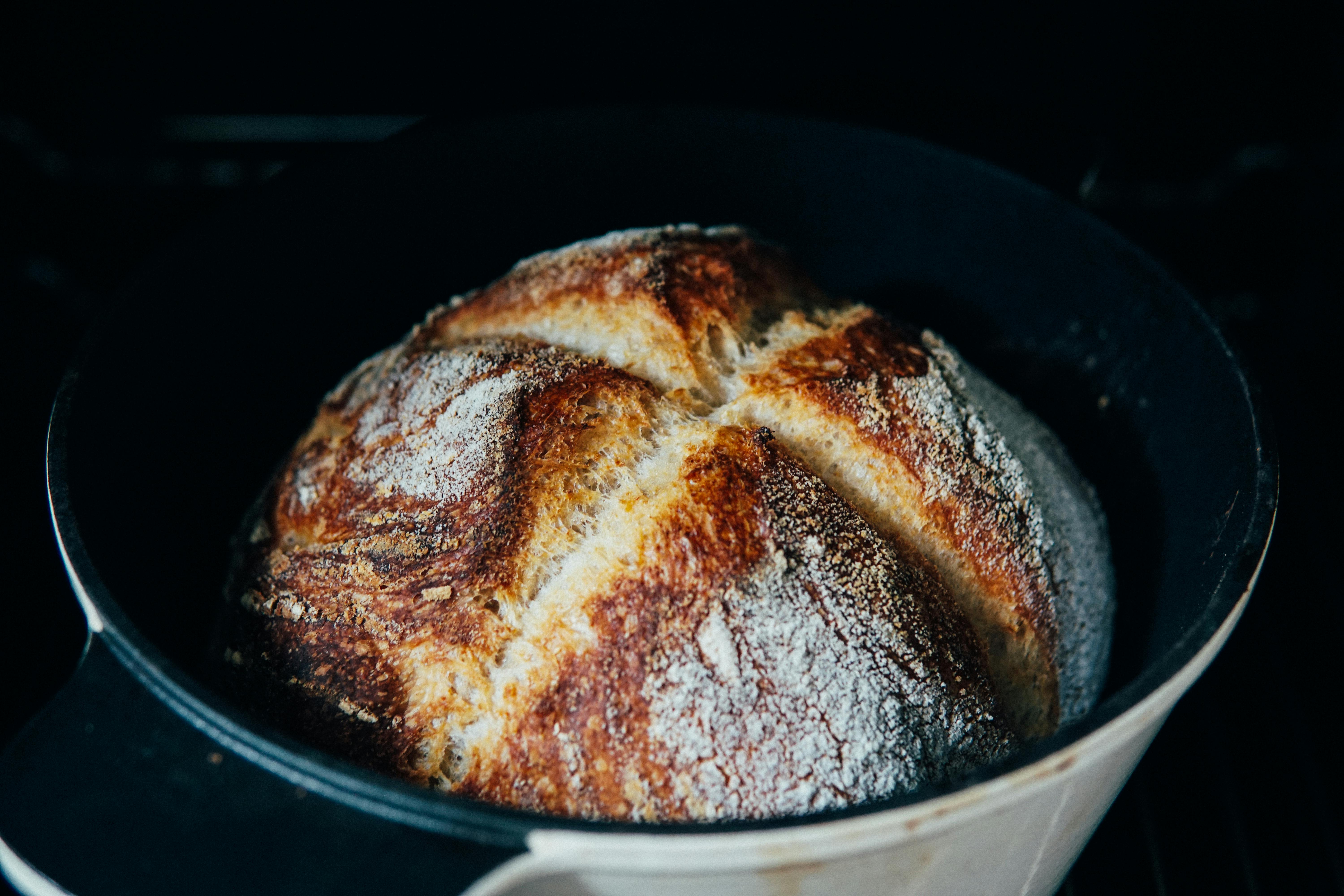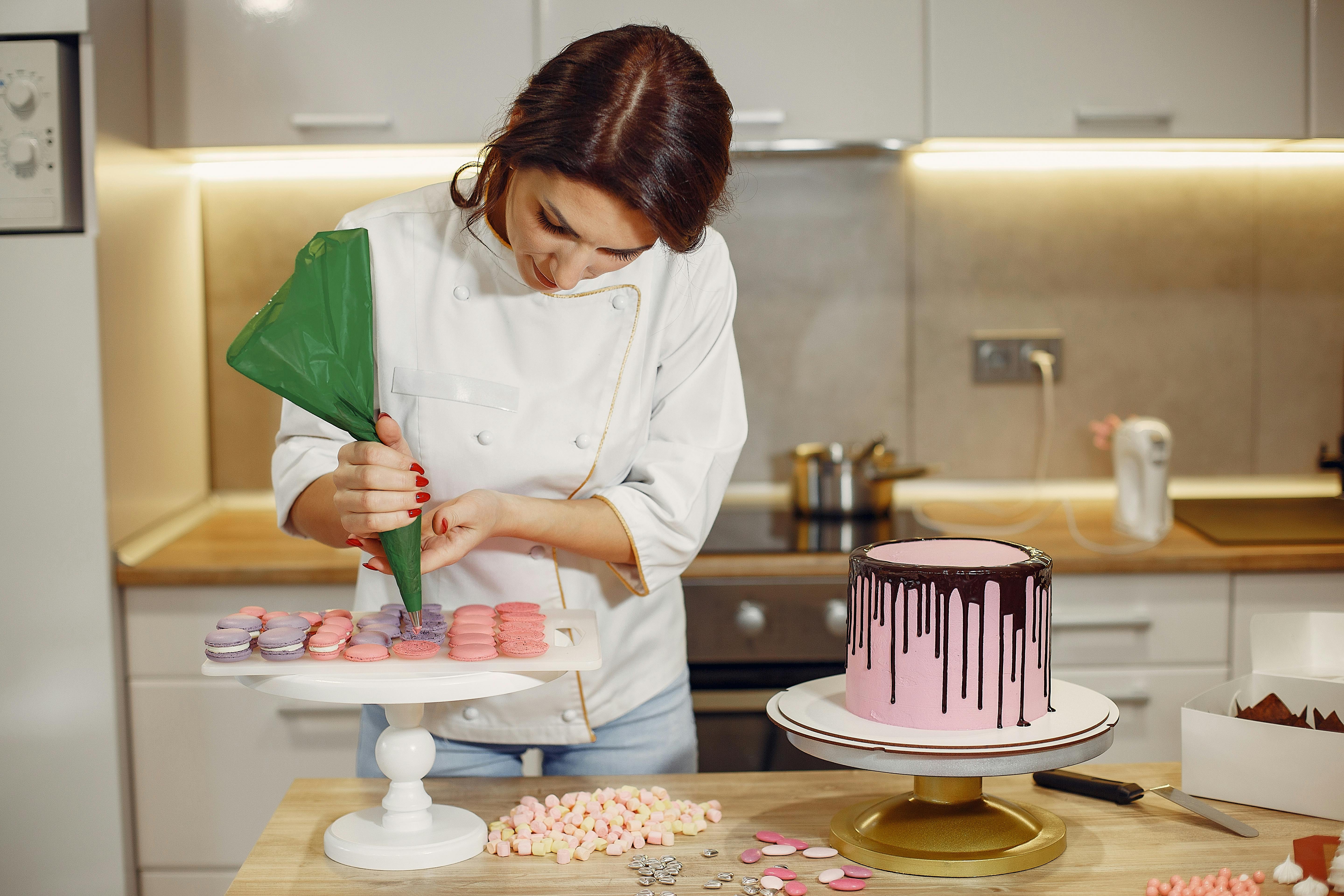If you have a small kitchen to design, the problem with designing a large kitchen comes down to what can fit in and where. There are many different cabinet designs and surface patterns that can help you give your small kitchen design a sense of space.
To create a small but efficient kitchen design, you need to work in three main areas of small kitchen design: storage, lighting, and appliances.
Small kitchens can seem like a very difficult design challenge, but they can also be functional, beautiful, and efficient. Even with a small budget and building restrictions, you may find that there are many options available to transform your kitchen into something more ideal for your needs.
To create a more spacious appearance for your small kitchen design, the National Kitchen and Bath Association (NKBA) recommends designing more unique storage solutions, mixing natural and ambient lighting, taking advantage of more energy-saving appliances. space and adding custom keys.
The design of a small kitchen requires creativity to find storage solutions. Some ideas to try include:
Put an island in the center of the kitchen that can provide separate storage that is also convenient from anywhere in the kitchen.
Using a galley kitchen design in which cabinets and appliances line both sides of a hallway can work very well for a small kitchen space.
Today’s appliance manufacturers have created more compact appliances that save space and make it easier to design small kitchens, such as 24-inch deep rather than 30-inch deep refrigerators, as well as appliances that can be hung under cabinets such as microwave oven.
Other small kitchen design tricks for creating a kitchen eating area include using a drop table or a small round table with two small chairs that can be placed in a corner. Or a built-in counter along the wall with chairs to provide a nook for eating.
Another interesting challenge in small kitchen design is creating an illusion of space with lighting under cabinets or under the counter. With the right type of lighting, the kitchen can appear larger and more pleasant.
The use of light-colored cabinets with glass doors.
· Install deeper countertops that can accommodate more appliances and increase workspace.
The floor tiles can be laid diagonally, and in a galley style kitchen, the hardwood floor can be laid across the kitchen.
· Pots and pans can be hung up for storage. This is a perfect way to free up cabinet space, and it adds some charm and character to your small kitchen design. The inside of the cabinet doors can be used to hang everything from utensils, oven mitts, and other sundries. Pantry storage with units that reach up to the ceiling with the upper cabinets to provide more space for infrequently used items, while the lower cabinets are more accessible with drop-down shelves, collapsible trays, and tipping containers.
Install a large kitchen sink, as larger sinks are considered more practical than small sinks when it comes to cleaning pots and pans.
Remember that most kitchens are small. When you look at kitchen design magazines, you naturally realize that the kitchens shown are large, so you might think that your small kitchen is inadequate. But a good small kitchen design means being able to create space and incorporate ample storage facilities and being able to place all the necessary appliances.

